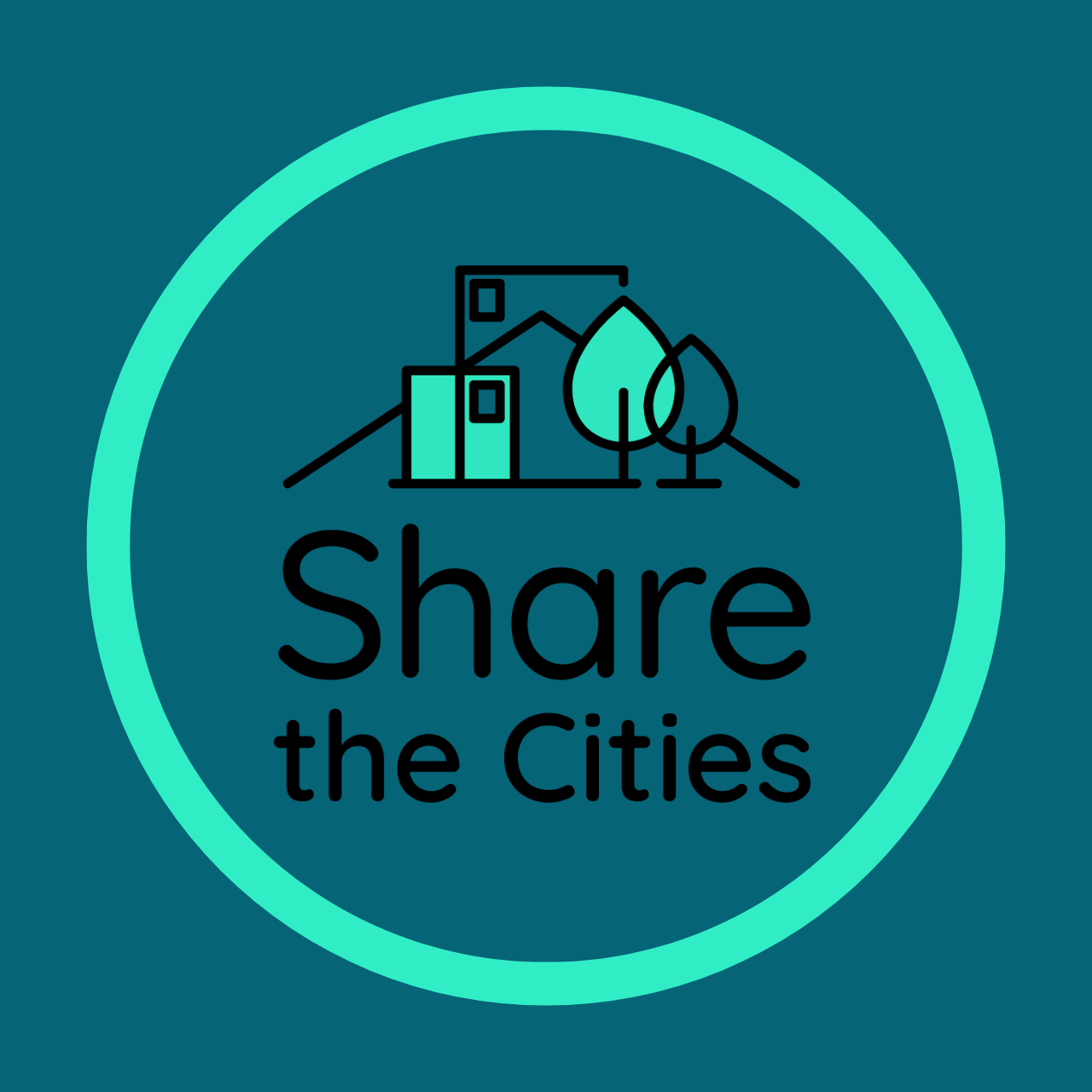What is it?
The City of Seattle’s plans for our Industrial and Maritime lands can be found here. There will be opportunity for community input throughout Fall 2021 and beyond.
Interbay is a regionally important industrial and residential neighborhood in northwest Seattle with 1,800 residents and 30,000 jobs. It is one of only two “manufacturing industrial centers” in the city, and is the site of conflicting priorities and plans.
It contains two major bridges that need imminent replacement and a large urban highway that does not. Interbay is the site of new transit and a future 25-acre redevelopment site once the National Guard Amory moves to its new location.
What happens in Interbay will have enormous impacts on Seattle’s and Washington State’s climate plans, housing equity, and transportation equity.
Why is it Important?
Interbay is a regionally important industrial and residential neighborhood in northwest Seattle with 1,800 residents and 30,000 jobs. It hosts the North Pacific Fishing Fleet, the BNSF Balmer Rail Yard, the Ballard Locks, Expedia’s new headquarters campus, and the Port of Seattle’s Terminal 91.
Interbay has experienced significant residential and industrial growth. The number of residential units in the neighborhood has increased 3.7% every year since 2010. The Port of Seattle Terminal 91 Uplands site is expected to add 1,000,000 square feet of industrial space at buildout. Fishermen’s Terminal is expanding with a 60,000 square foot Gateway Building. The 25 acre National Guard Armory is projected for redevelopment.
Roads and bridges within Interbay are deteriorating and car-centric. The Magnolia Bridge, which carries 20,000 cars per day, was damaged in the Nisqually earthquake and is unfit to continue service and needs to be replaced. The Ballard Bridge carries 1,500 trucks a day and 5,000 cars at rush hour while suffering severe mechanical draw bridge failures several times in the last five years. Urban highways like 15th Avenue carry 59,000 cars per day with significant backups during rush hour.
Transit in Interbay is inadequate and inaccessible. Interbay’s thirteen bus routes are concentrated on multi-lane urban highways of Leary Avenue and 15th Avenue. The majority of these stops are inaccessible or dangerous to pedestrians. Many jobs in Interbay are not accessible to bus stops.
in 2019 the Washington State Legislature allocated $700,000 for the Ballard Interbay Regional Transportation (BIRT) System Study, “to improve mobility for people and freight.” The report was to “include recommendations on how to maintain the current and future capacities of the Magnolia and Ballard bridges, an overview and analysis of all plans between 2010 and 2020 that examine how to replace the Magnolia bridge, and recommendations on a timeline for constructing new Magnolia and Ballard bridges."
The BIRT study proposes spending $2 billion on car-centric infrastructure based on the projections of outdated plans that did not consider equity, environmental justice, or climate change.
A commitment to climate action requires the City of Seattle and the State of Washington to consider all options for rebuilding neighborhoods and the economy, not limiting recommendations to outdated plans.
Ray’s focus is flexibility. “Let the incidental industrial (grocery stores, gyms, breweries) into other neighborhoods. Limit mini storage everywhere. De-highway 15th and reemphasize the water and rail links. What actually shows up? I’m not sure. But it will be better than the highway/big box pressure cooker that’s there now.”
When is the time to take action?
Invite us to present to you!
Who will be standing besides us?
Check out the Organizational Partners info to the right!.
Organizational Partners
In Winter 2021 we passed resolutions in support of our work with the Seattle Transit Riders Union and 36th Legislative District Democrats. In Spring 2021, Seattle Neighborhood Greenways also voted to support this work.
Check out the interview in Seattle Bike Blog.
We would love to present to your community. We would love to connect to partners that work in education, labor, faith groups, environment, transit, racial justice, elders, LGBTQIA+, renter rights, BIPOC-led equitable development groups, disability justice communities and more!
Here is the text of our resolution.
On November 2, 2020 the Ballard-Interbay Regional Transportation System (BIRT) report was submitted to the Washington State Legislature.
Lead Organizers for Industrial Lands Planning
Laura Loe is a NW Queen Anne Renter, a Magnolia P-Patch gardener, and has nervously ridden a bike less than two dozen times.
Ray Dubicki is a stay-at-home dad and parent-on-call for taking of tasks around Ballard. He is an attorney and urbanist by training, with soup–to–nuts experience in planning and law. He enjoys using PowerPoint, but only because it’s no longer a weekly obligation.
Self-Guided WALKING TOUR?
On Saturday, September 18 we led a walking tour through Interbay. Instructions to take yourself on the walking tour can be found here.
Recommended Reading
Unraveling the Problem Called Interbay
An overview of the competing plans and layered history of Interbay, revolving around the proposed Armory redevelopment.
Agencies Must Get Out of Their Silos to Get Ballard Bridge Replacement Right
Limiting the proposed replacement of the Ballard Bridge to three variants of the same car-centric design show layers of management in Interbay.
Two Horrendous Studies Perpetuate Efforts to Destroy Interbay
After a year of work, Seattle Department of Transportation released two studies that simply promote more of the same conflicts, poor planning, and lack of vision in Interbay.
How do we prioritize mobility justice?
Recommended Reading:
Mobility Justice: The Politics of Movement in an Age of Extremes, Author: Mimi Sheller


